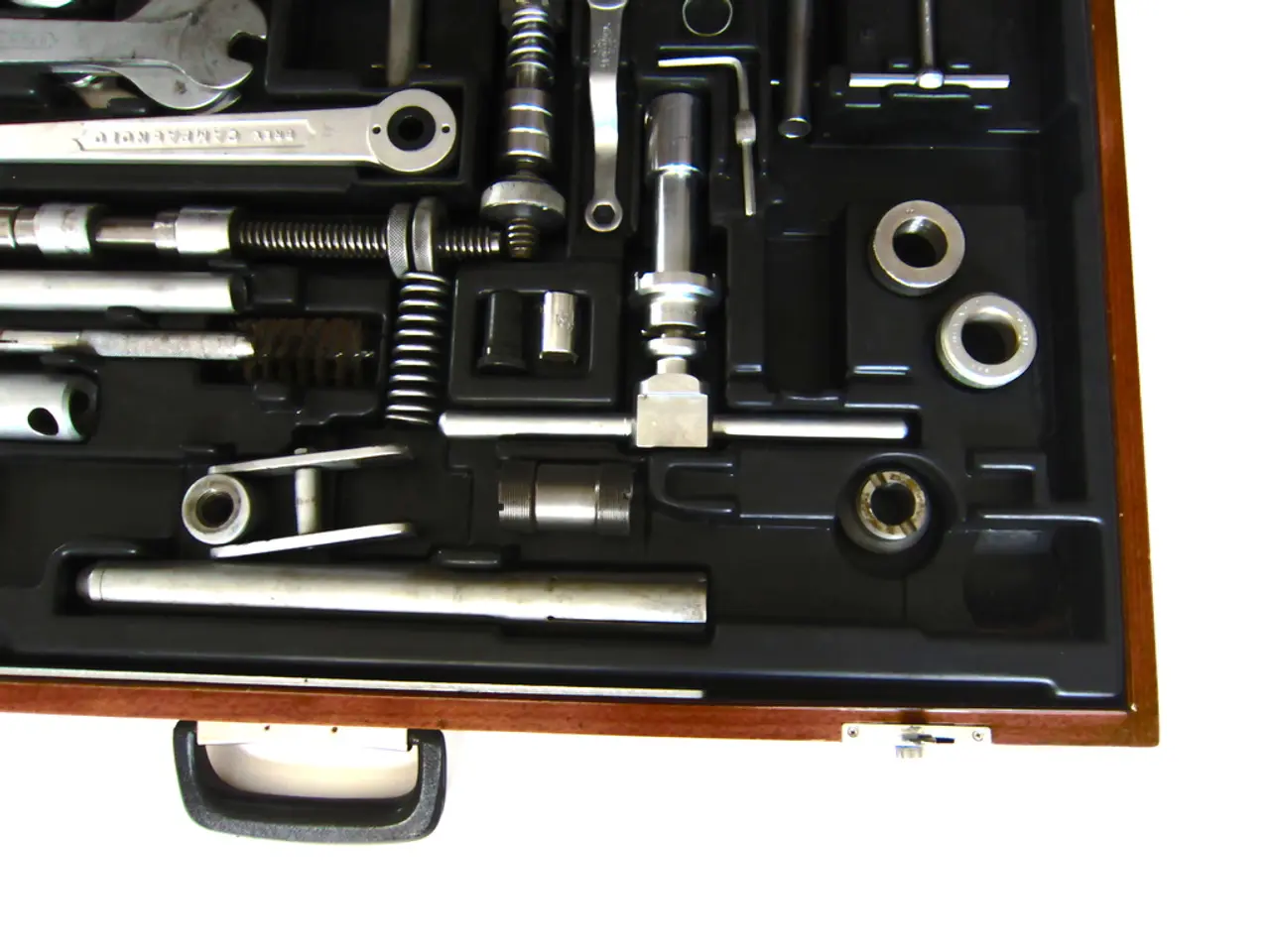Startup Design Strategy: Achieving Fast Launch and Sustained Durability
In the fast-paced world of startups, delivering a minimum viable product (MVP) that balances speed with long-term maintainability is crucial. A modular monolith approach can be an effective solution, offering a streamlined structure that caters to both requirements.
To architect an MVP that solves the core problem without compromising on quality, it's essential to prioritise only the 'must-have' features. Techniques like the MoSCoW method can help distinguish essential features from nice-to-haves, ensuring a lean and quick launch.
Adopting a modular monolith architecture means designing the application as a single codebase and deployment unit, but separating it internally into well-defined, loosely coupled modules. Each module encapsulates specific functionality, enabling incremental improvements and easier onboarding of new features. This approach allows teams to deliver quickly without the overhead of distributed systems, while ensuring code is organised for maintainability and easier refactoring later.
Modern development tools and practices are indispensable in this approach. Automated testing frameworks, continuous integration/continuous deployment (CI/CD), and code quality analysis tools help enforce maintainability standards without slowing down development velocity.
Managing technical debt intentionally is also key. This involves consciously accepting some debt for quick delivery but tracking and scheduling regular "debt repayments" through refactoring and module replacement over time. For example, layering new components periodically helps reduce debt progressively, enabling faster innovation and lower long-term costs.
In summary, an effective MVP architecture using a modular monolith includes:
- Clear core feature prioritization focused on validated user needs to minimise time to market.
- Modular design within a single deployable monolith for ease of development and maintainability.
- Use of modern tools for automation, testing, and deployment to maintain quality without compromising speed.
- Active and planned management of technical debt by incrementally upgrading and refactoring modules over the product lifecycle, balancing short-term delivery pressures with long-term scalability.
This approach aligns well with startup constraints by delivering value quickly while preserving a foundation for sustainable growth and evolution. When choosing tools, prioritise those that help move the project without causing lock-in. At the MVP stage, a modular monolith (a single deployable unit with clean internal separation) is preferred over microservices and distributed systems.
- Startups focusing on health-related technologies can leverage a modular monolith approach for their minimum viable product (MVP). By designing the application as a single deployable unit with internal modularity, they can ensure quick delivery without sacrificing maintainability or future scalability.
- An environment friendly startup could opt for eco-friendly technologies along with this modular approach. By incorporating green practices in developing, deploying, and maintaining their MVP, they can contribute positively to the environment, reinforcing their commitment to health and wellness.




